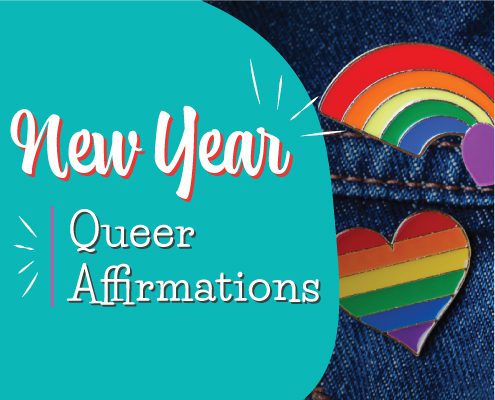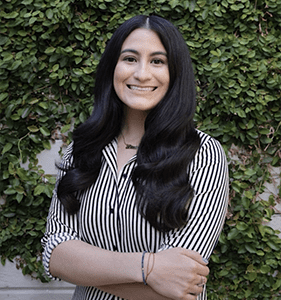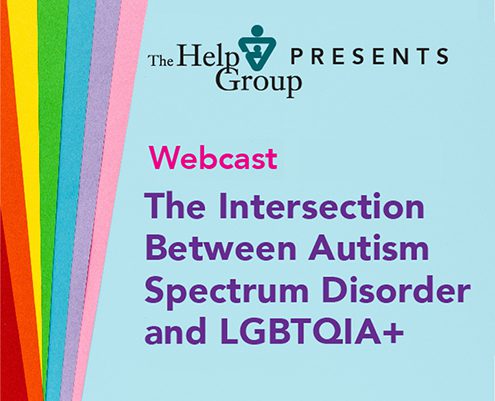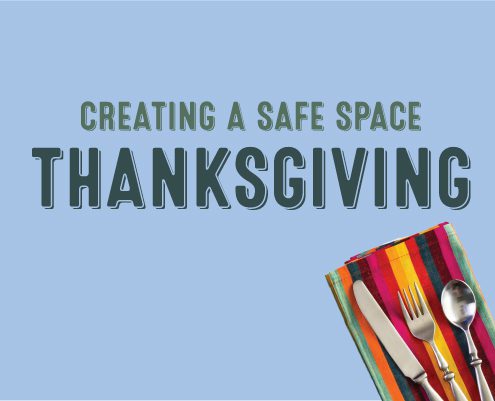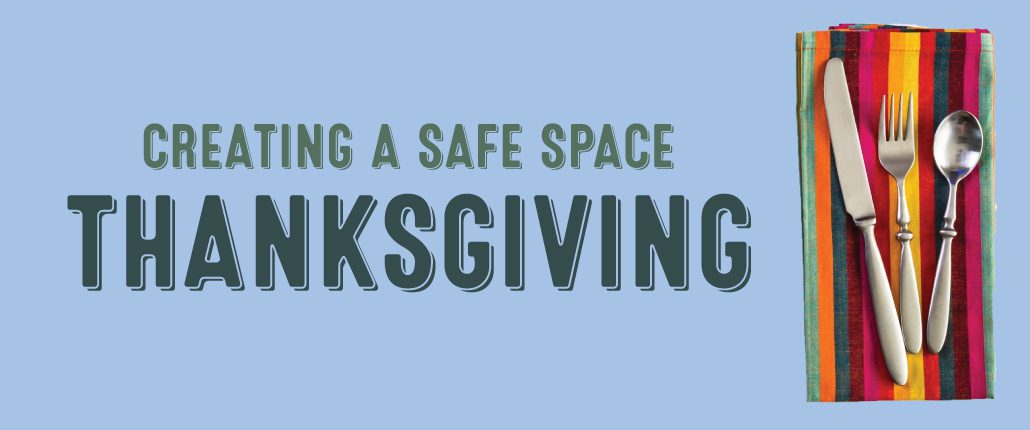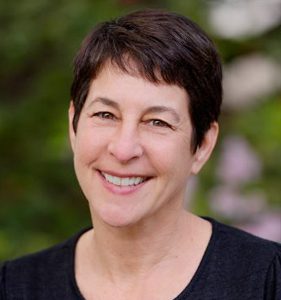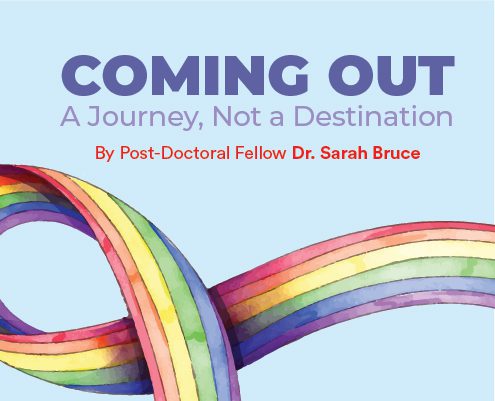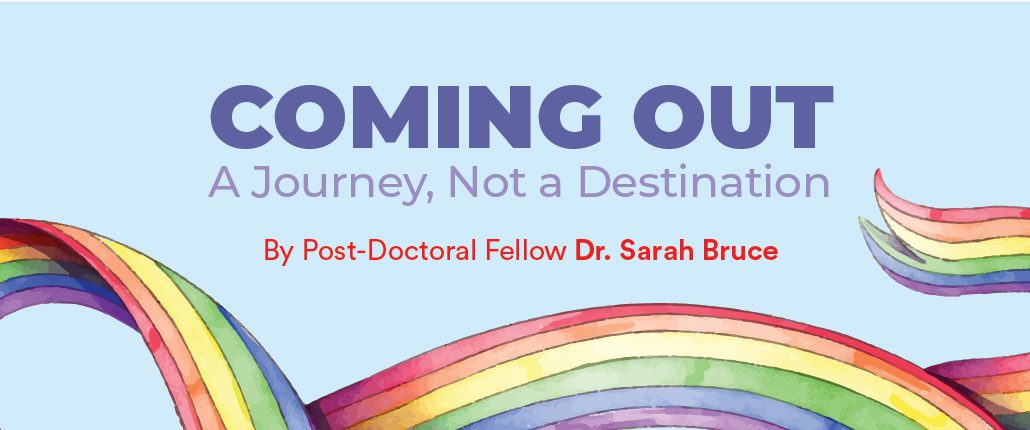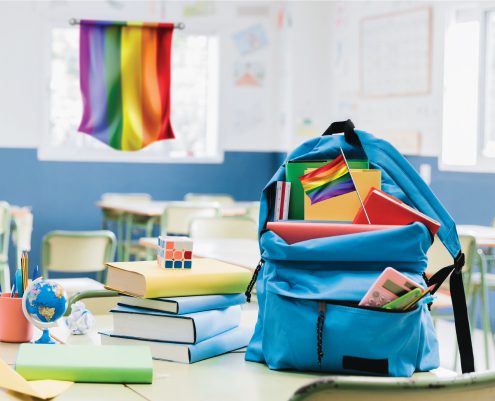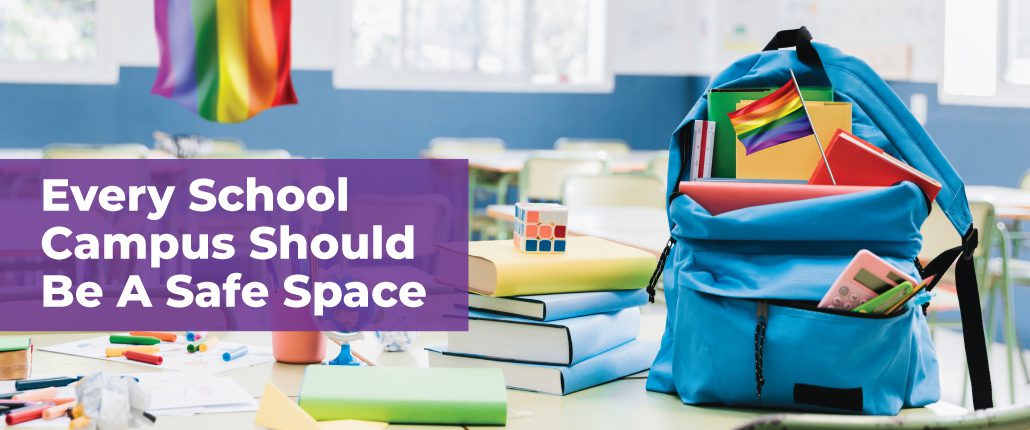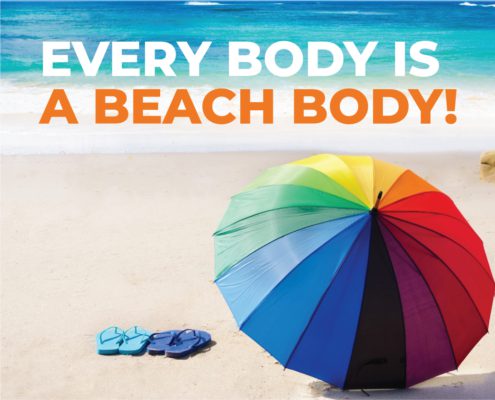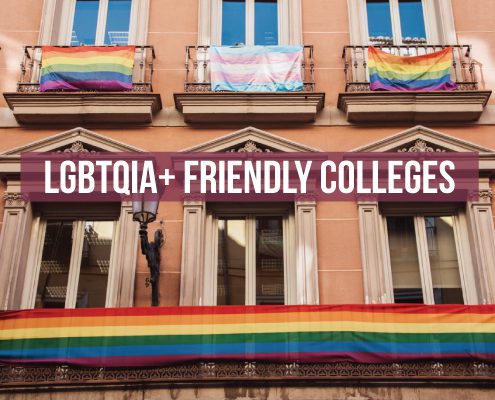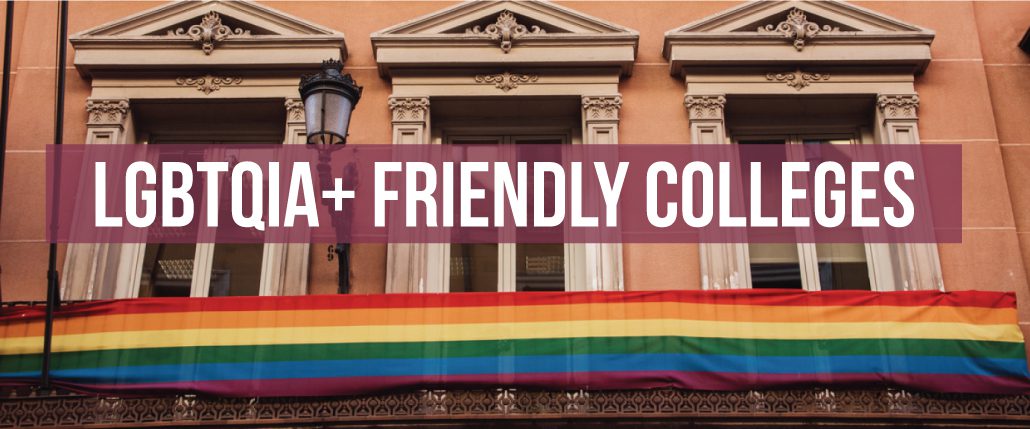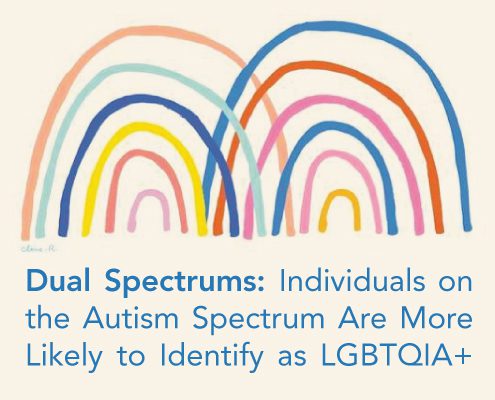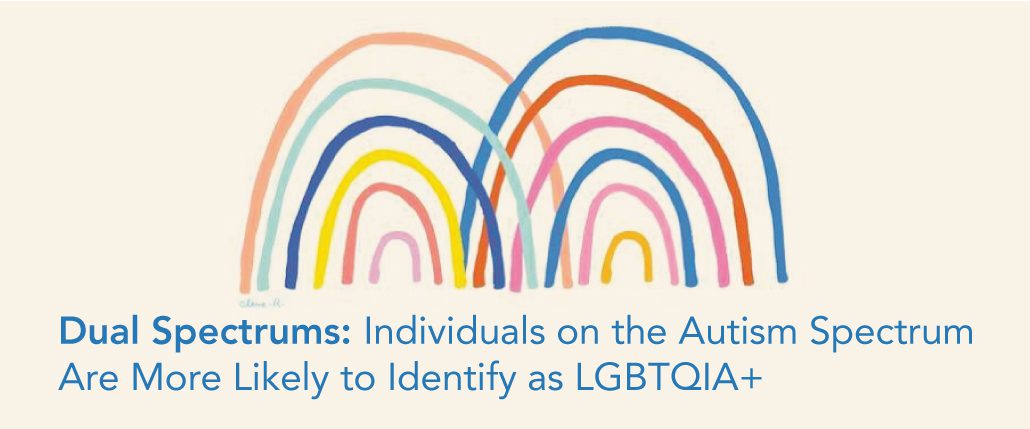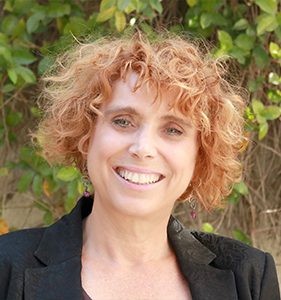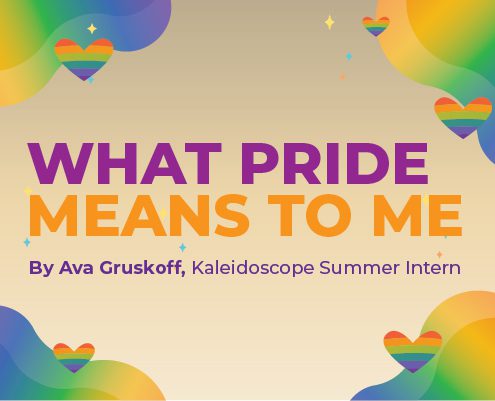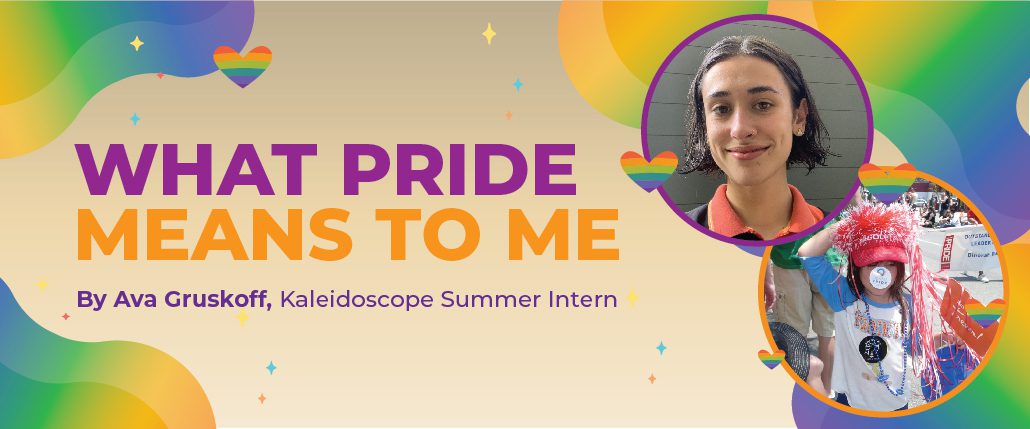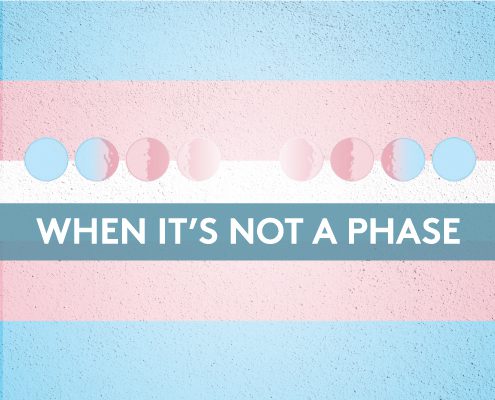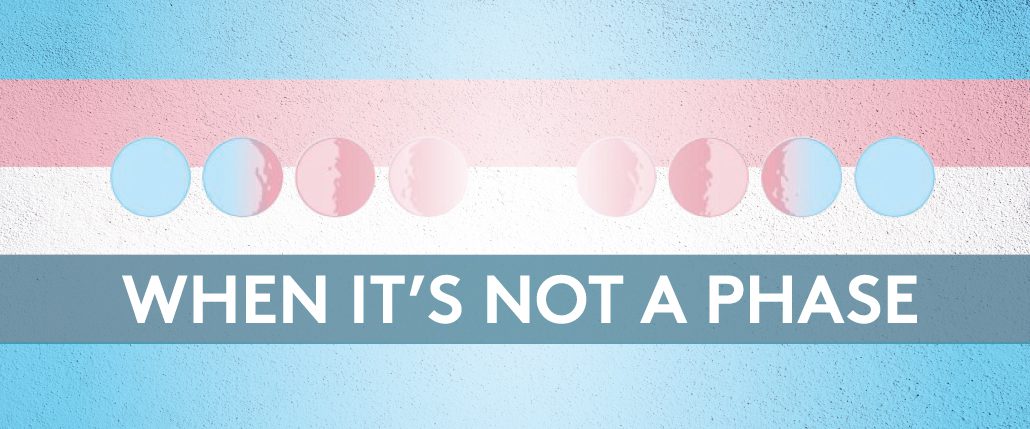New Year Queer Affirmations
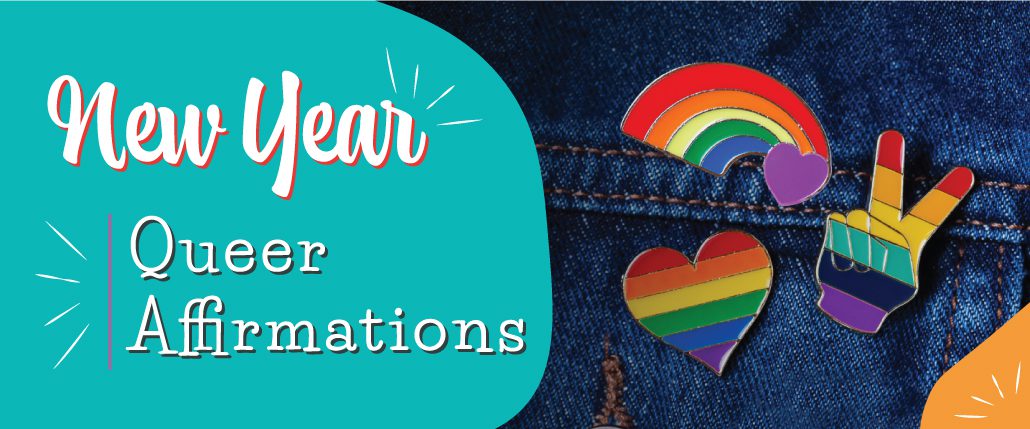
New Year Queer Affirmations
By Dr. Joselyn Valle (she/ella)
The start of the New Year often represents new changes and a fresh start. Millions of Americans usually take this time to create New Year resolutions and affirmations surrounding their health and fitness goals. However, for some LGBTQIA+ young folx*, it might mean taking a new step in their identity journey. Whether it means coming out to your loved ones, trying on new pronouns, wearing gender affirming clothing, or connecting with more queer friends (even just thinking about these things is a huge step in itself). Wherever you are in the sexual and gender spectrum(s), know that Kaleidoscope is here to support you!
As you lean into your unique 2022 goals, we encourage you to practice self-care by using queer affirmations. Affirmations at their very core, are statements made with purpose that can help you become motivated to take action, self-soothe, and/or challenge negative thoughts. But why are queer affirmations so important? Sometimes LGBTQIA+ folx adopt limiting beliefs about themselves from living in a cis-hetero society and queer affirmations are a small (but mighty) way in which LGBTQIA+ folx can continue to empower themselves.
Practicing daily queer affirmations can help set your intentions and build self-esteem by focusing on what you can control: how you treat yourself. Become intentional with your queer affirmations by creating a space to connect with your authentic self. Maybe it’s the first thing you do before you get up, or the last thing you do before you go to bed, or in all those in-between moments of the day when you really need a pick-me-up. There’s no right or wrong way of practicing queer affirmations, so we invite you to play around with them. Try saying them out loud, writing them on post-it notes to place on your mirror, or even dance as you sing along with them. Other ideas include, placing a hand on your heart as you repeat each queer affirmation or ending your practice with a self-hug…because remember, you are magic.
Below are a list of 15 queer affirmations. Feel free to use these or create your own!
- I am enough/I am queer enough
- I accept myself as who I am
- I will treat myself with kindness
- I am proud of who I am
- I get to define what queerness means to me
- I decide when and how I will come out
- I am worthy to take up space
- I am valid/I am valid even if I’m not out yet
- I choose to love myself unconditionally
- I take pride in my identity/identities
- I am grateful for my sexuality
- I love myself for who I am
- I will honor my gender journey
- I will practice self-compassion
- I will not shrink myself for the comfort of others
*Folx, a variation on the word folks that is meant to be an inclusive and gender-neutral way to refer to members in the LGBTQIA+ community.
